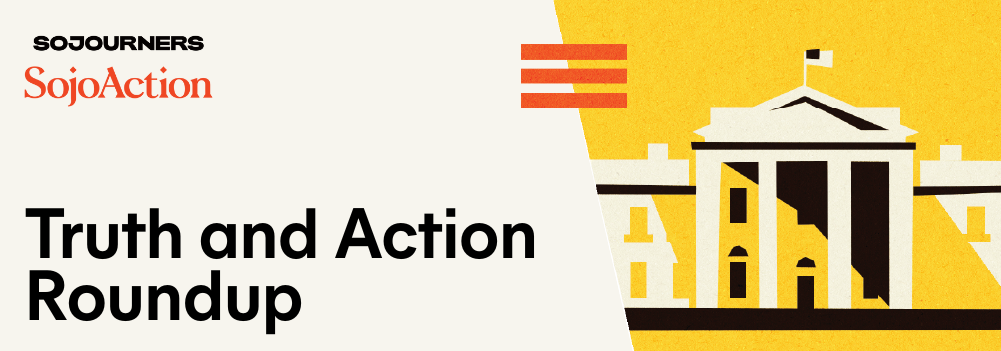By Fredrick Nzwili*
Be it delivering actual food, or convening dialogues to discuss food insecurity and the factors related to the challenge, officials say they feel obliged to enable the saving of lives in cases of crises such as this one. “The church has managed to reach out to communities directly or indirectly affected by the crisis,” said Dr Tinashe Gumbo, a Zimbabwean Lutheran who is the programme executive of the Ecological and Economic Justice unit of the All Africa Conference of Churches. “These solidarity visits are critical as they breed hope among the affected communities.” Of focus is the horn of Africa, where charities warn people could die if interventions continue to delay. The drought – the worst in 40 years, according to the UN – is ravaging millions of people—3.5 million in Kenya, 6-6.5 million in Ethiopia and 6 million in Somalia. Floods and insecurity have pushed 8 million people in South Sudan into acute food insecurity. “Things are not fine (in South Sudan). The inter-communal fighting and insecurity in most places are the biggest problem leading to food insecurity,” said Bishop Arkangelo Wani Lemi, a former chairman of the South Sudan Council of Churches. The region is still reeling from the impacts of the coronavirus pandemic, climate change and internal conflicts. Recently, a dangerous proportion of desert locusts – fuelled by changing weather patterns — surged in the region, destroying crops and stripping lands of animal pasture. Gumbo highlighted continuing dialogues on different perspectives on COVID-19, climate change, conflicts and other related issues that exacerbate food insecurity. “The church continues to build a culture of dialogue hence the accompaniment we offer to our communities on healing and reconciliation in the response to conflicts (a key cause of food insecurity) that affect our people,” he said. On 26 April, donors at a round table in Geneva pledged US$1.39 billion for humanitarian and development response to the drought in the horn of Africa. With the funds, humanitarian agencies are expected to deliver emergency food aid, nutrition, cash transfers and health assistance. Some of the aid will also be directed to saving livestock by helping provide animal feed and medicines. “Church organizations and other humanitarian institutions are welcome to assist as per their abilities,” said Gumbo. Ahead of the meeting, humanitarian agencies had said US $4.4 billion in funding was needed to provide life-saving aid and protection to nearly 29 million people affected by the drought in the region. “In addition to hunger crisis, we are seeing communities’ capacity to cope and recover from shock at its breaking point. The clock is ticking, and we must act quickly and wisely by increasing investment to strengthen communities’ resilience to future shocks,” Sean Granville-Ross, the regional director for Africa at Mercy Corps said in a statement. The statement on 25 April was endorsed by 53 humanitarian and aid organizations working in the horn of Africa -among others — ACT alliance, Christian Aid, DanChurch Aid and World Vision International. Meanwhile, a UN report released on 11 May says humanity is at crossroads when it comes to managing drought. The report titled, “Drought in Numbers” has been produced by the United Nations Convention to Combat Desertification. It calls for the acceleration of mitigation with every available tool, and making a full commitment to drought preparedness and resilience in all regions of the world.
*Fredrick Nzwili is a freelance journalist based in Nairobi, Kenya. | 



No comments:
Post a Comment